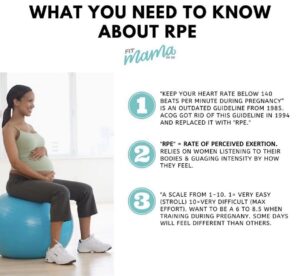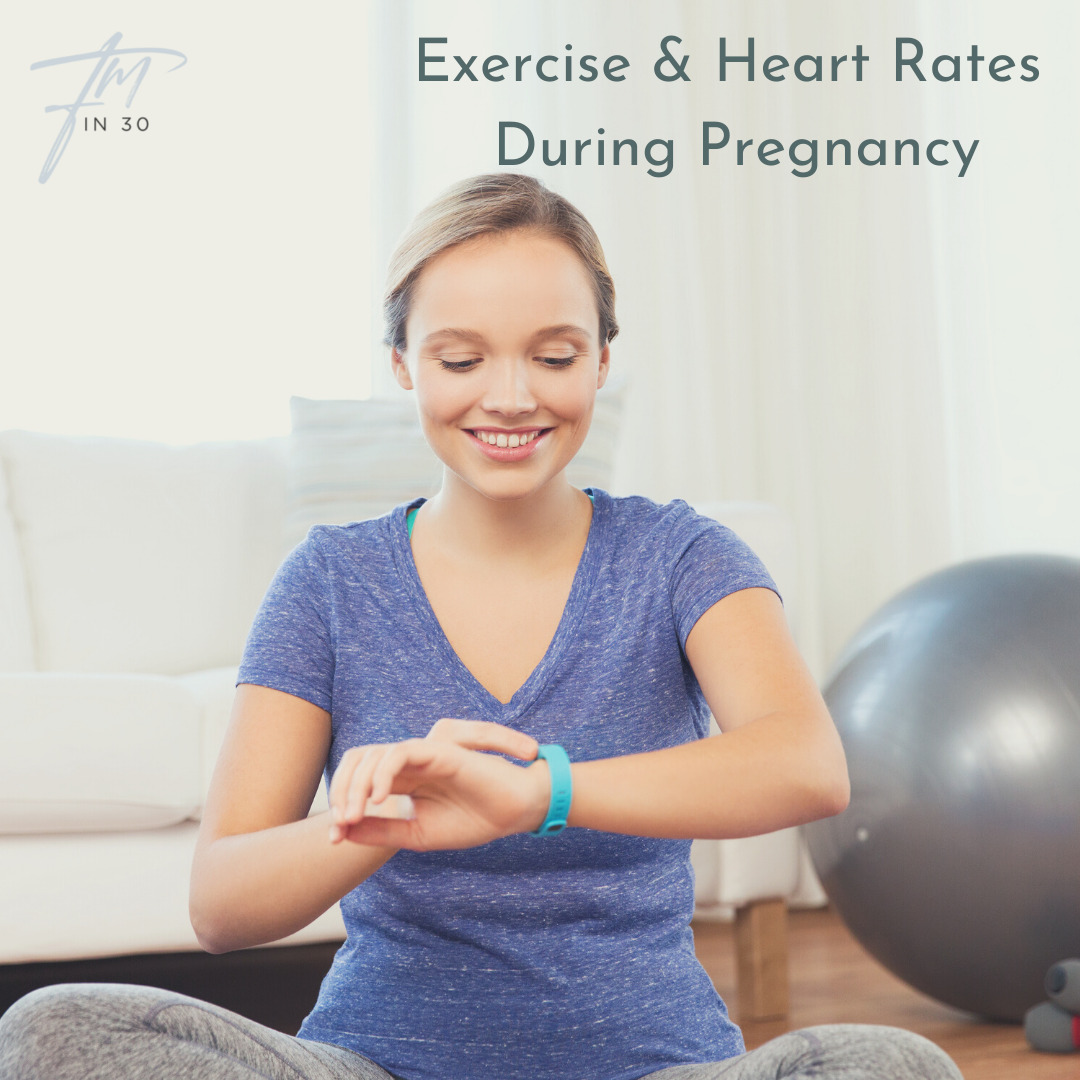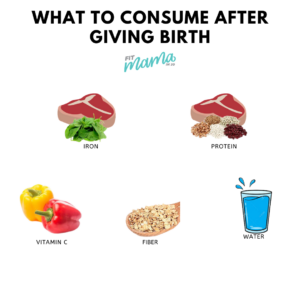Exercising and Heart Rates While Pregnant: What You Should Know
Real talk: being pregnant comes with A LOT of questions. Especially when it comes to heart rates and exercising, it’s hard to figure out what’s true… and what’s not. We’re here to help clear up some confusion at Fit Mama in 30!
First, can you workout while pregnant?
Yes! According to The American College of Obstetricians and Gynecologists (ACOG), “Women with uncomplicated pregnancies should be encouraged to engage in aerobic and strength conditioning exercise before, during, and after pregnancy.” They also state that “Women should develop an exercise program that leads to an eventual goal of at least 20-30 min/day of moderate intensity exercise on most if not all days of the week. Truly being prepared to handle the stresses and demands of pregnancy, childbirth, and motherhood requires a more specific approach to training, which is why seeking a pre and postnatal specialist or program is important. It’s called labor for a reason mama, because it is hard work – physically, emotionally, psychologically, all-encompassing work.
Not only does exercise during pregnancy minimize excess weight gain and reduce your risk of developing gestational diabetes by almost half, but studies have shown that weight-bearing exercise during pregnancy can decrease the need for forceps or C-section by 75%!!
Do I need to keep my heart rate below 140 beats per minute?
It is important to note that due to cardio-circulatory changes, you will have much greater heart rate variability. This means that during pregnancy, heart rate is NOT an accurate gauge of intensity. This is an important point because the guideline to “keep your heart rate below 140 beats per minute during pregnancy” is still one of the biggest prenatal exercise myths out there. It is an outdated guideline and was replaced with the guideline to use Rate of Perceived Exertion (RPE) instead. This relies on women listening to their bodies and gauging their intensity by how they feel, which is a much more accurate method.

Is there a target heart rate during pregnancy?
Again, not necessarily. Instead of focusing on an exact number, you should use RPE. RPE is a scale from 1-10. 1= Very Easy (Stroll) and 10= Very Difficult (Max Effort) You should aim to be between a 6- 8.5 when training during pregnancy. As with most things during pregnancy, some days will feel different than others.
Do’s and don’ts for exercising when pregnant
- DO – Listen to your body. Some days you will feel great and other days your body will say no thank you! Just make sure you listen to your body and rest when needed.
- DON’T – Workout to the point where you can’t breathe/finish a sentence. Make sure you use the RPE scale and keep it between 6-8.5
- DO – Workout if you feel up for it! Don’t use pregnancy as an excuse to take it easy. You need to be at your strongest when you deliver!
- DON’T – Forget to drink water. Staying hydrate is extremely important, especially while pregnant.
- DO – Talk to your doctor. Always make sure you are cleared to workout prior to starting any fitness program.
- DON’T – Take it easy and give up on exercise. You can do this mama! Working out during pregnancy is not only beneficial for you but also for your growing baby.
Our Favorite Exercises When Pregnant By Trimester
One thing we do not recommend is training by trimester. Every pregnancy is different and every woman’s body is different so exercising based on trimester is not the most effective way to train.
Want more information on training during pregnancy? Check out this article on the Dos and Dont’s of Working Out While Pregnant!
The Bottom Line: Working out is (usually) beneficial for you AND your baby
- Boosts Mental Health
- Reduces Stress
- Decreases Back Pain
- Improves Postpartum Recovery
Ready to start building strength during your prenatal journey? Check out our course designed to help you feel good through every trimester that’ll also aid your postpartum recovery!
Learn more about our Prenatal Workout Program!





